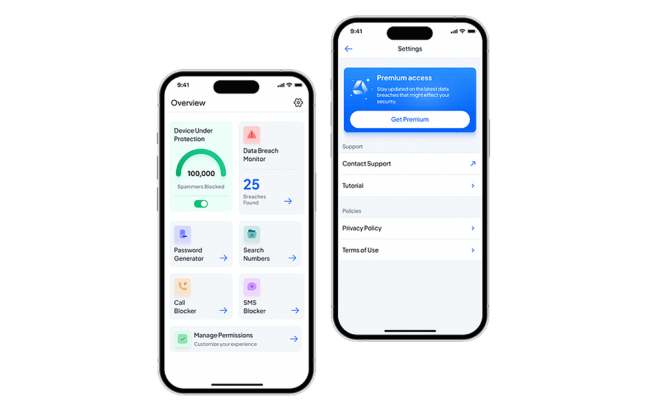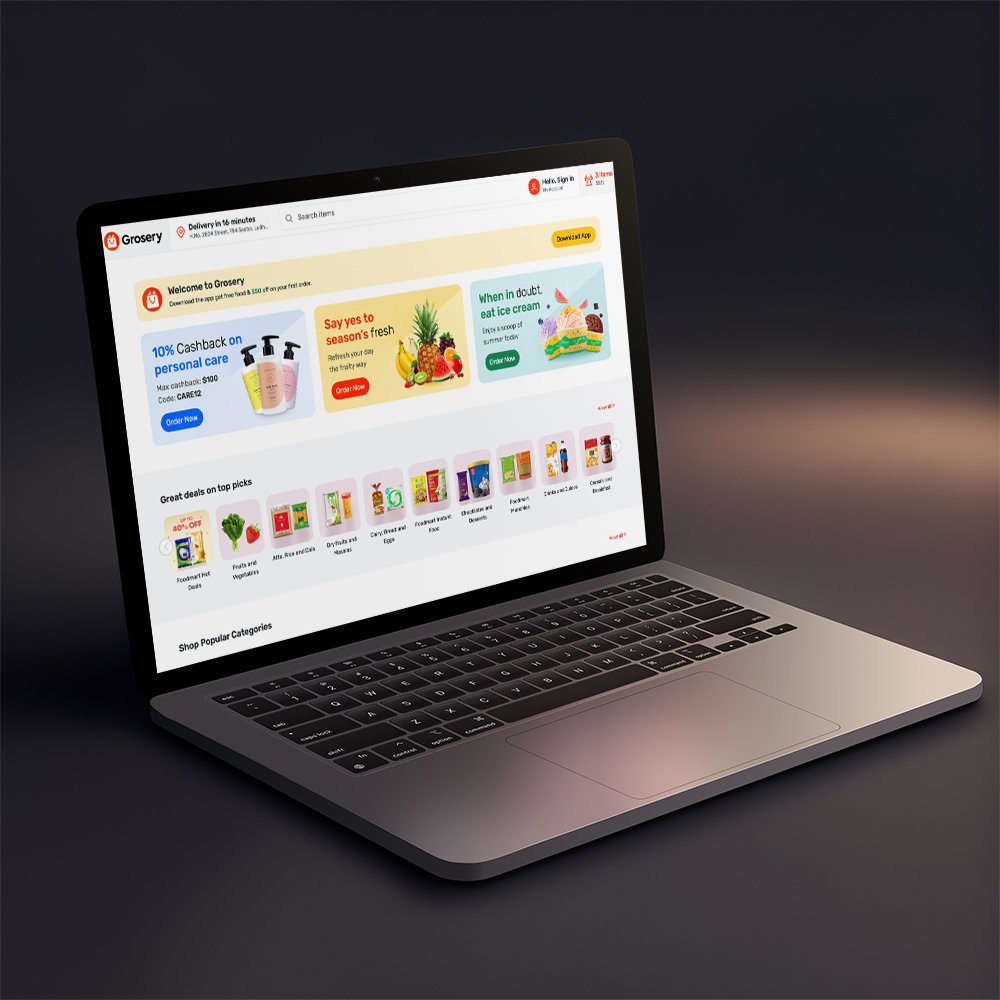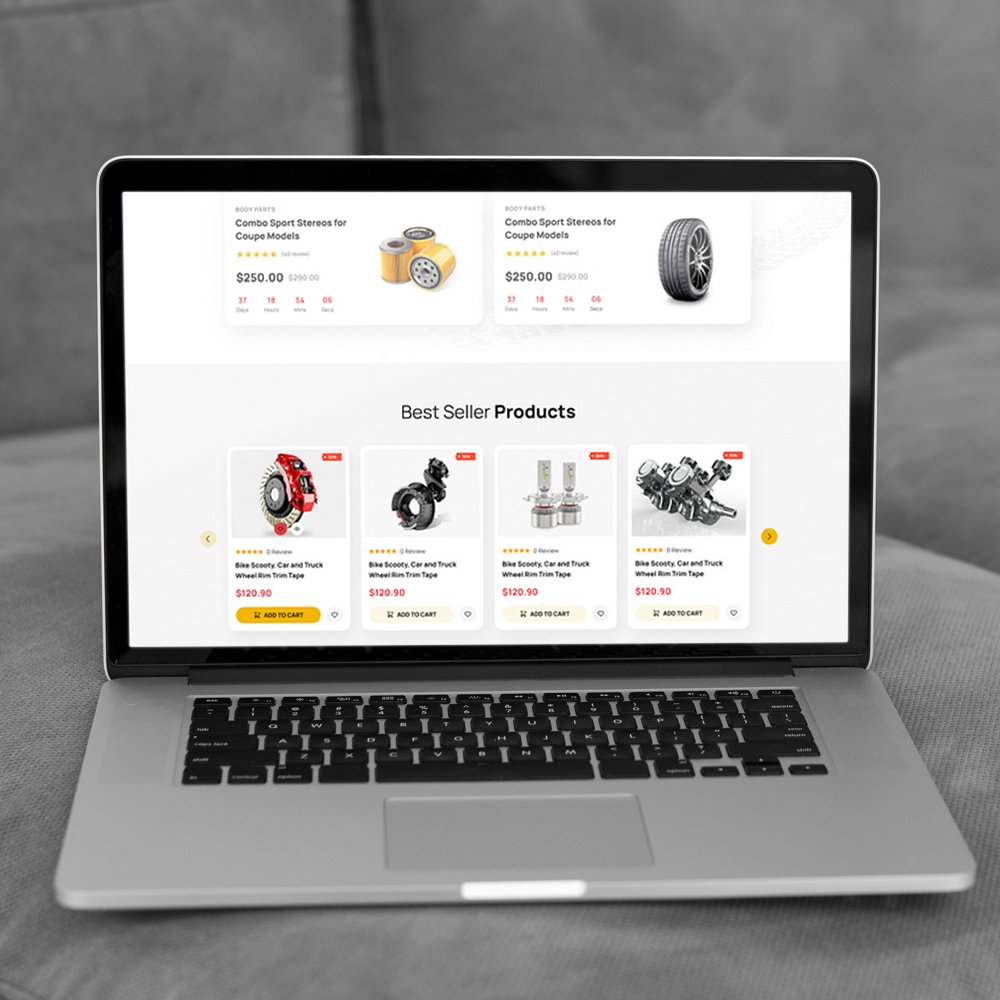Product details
A basic website for a supermarket business typically includes essential information and functionalities to cater to its customers’ needs.
Introduction to the Supermarket:
Begin with a brief overview of the supermarket, including its name, location, and a concise description of what sets it apart from competitors. Highlight any unique selling points, such as a wide selection of organic produce, specialty imported goods, or exceptional customer service.

Product Range and Categories:
Provide an overview of the products available at the supermarket, organized into categories such as fresh produce, dairy, meat, bakery, pantry staples, household items, and more. Mention any exclusive brands or partnerships that customers can find in-store.

Quality and Freshness:
Emphasize the commitment to quality and freshness in the supermarket’s offerings. Highlight any sourcing practices, such as partnerships with local farmers or suppliers known for their high-quality products. Include information about any quality control measures in place to ensure that customers receive the freshest goods.

Convenience and Services:
Outline the various services and conveniences offered by the supermarket to enhance the shopping experience. This may include features such as online ordering with curbside pickup or delivery options, loyalty programs, in-store amenities like a deli or coffee bar, and any additional services such as catering or event planning assistance.

Community Engagement and Values:
Share information about the supermarket’s involvement in the local community and its commitment to social responsibility. This could include participation in charitable events, support for local organizations or initiatives, sustainability efforts such as recycling programs or reducing food waste, and any other initiatives aligned with the company’s values.









There are no reviews yet.